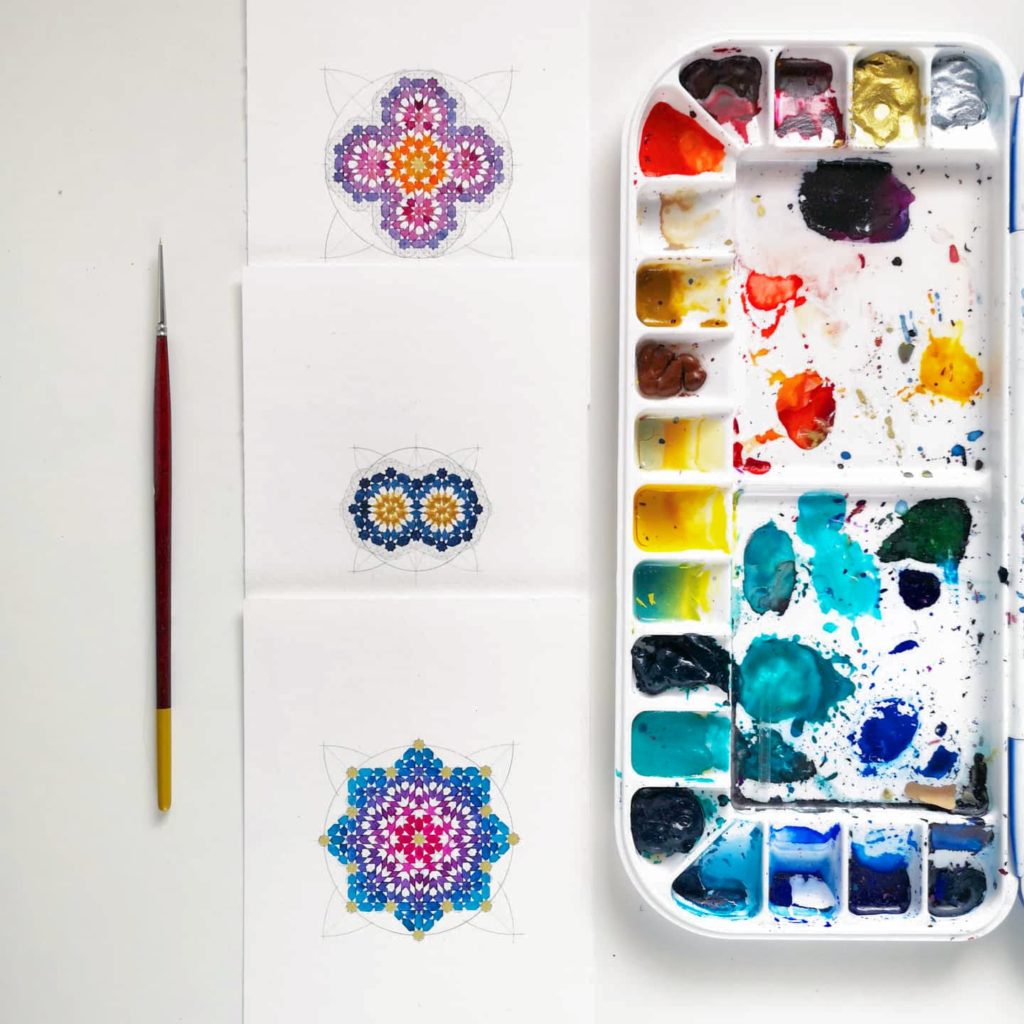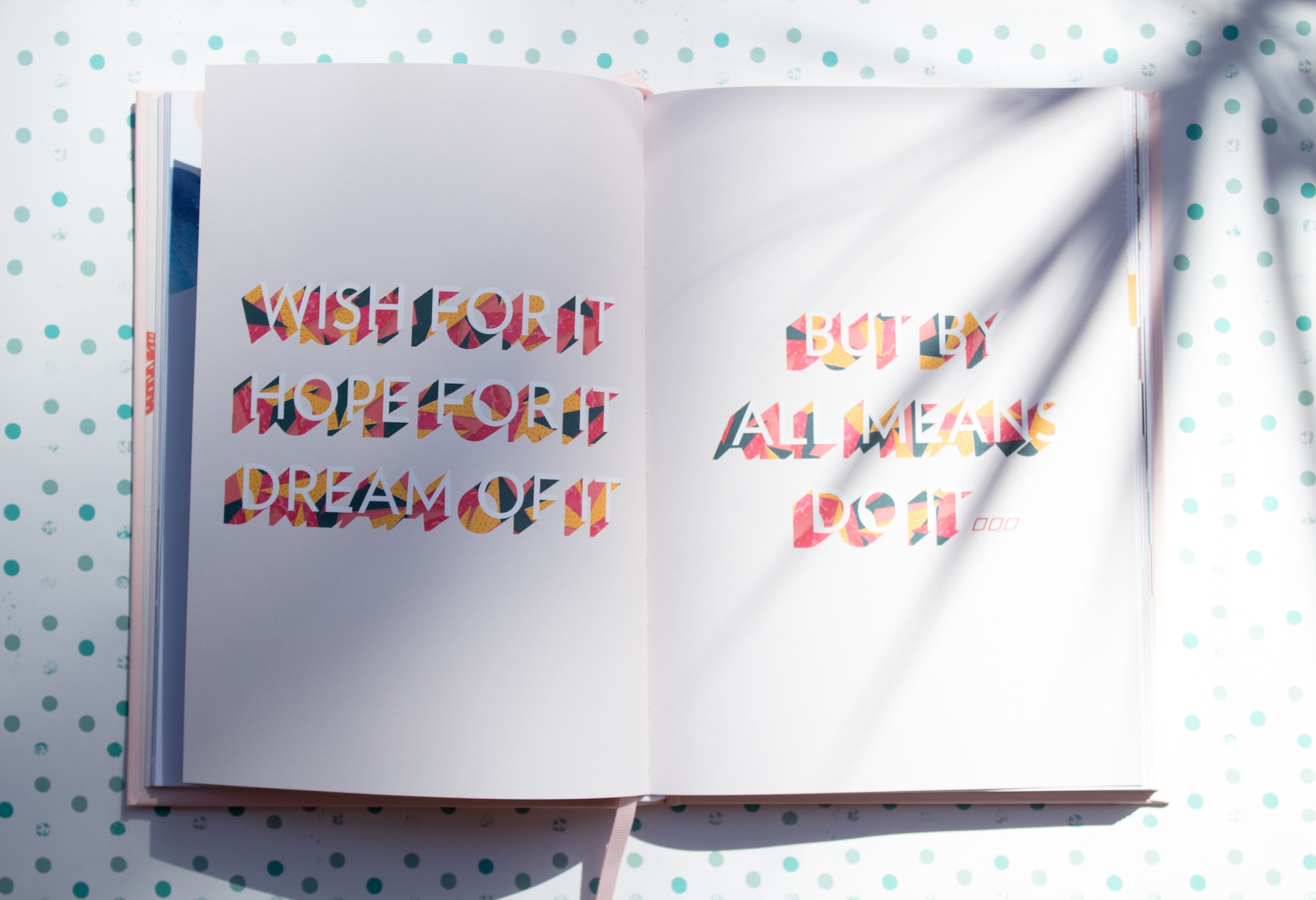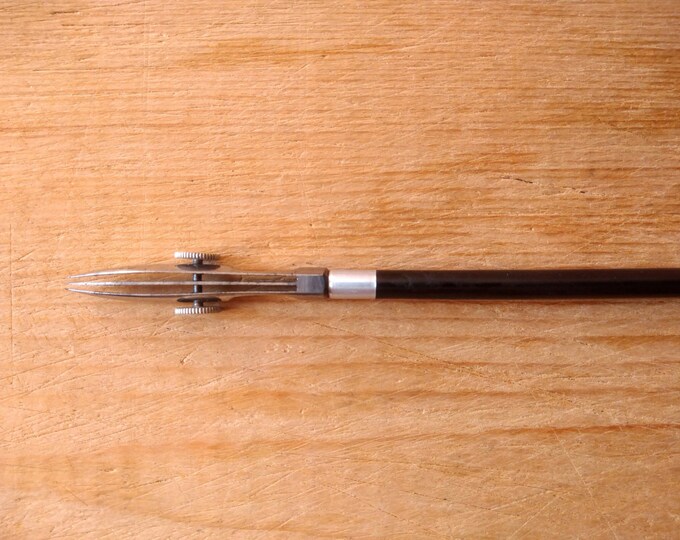
I hope you are learning a lot from me with all these informative blog posts. As this month is dedicated to watercolours, I think it’s good to know watercolour paint characteristics and what to look for when buying them.
Have you ever wondered what all those pigment, codes and rates on the label mean? Well that’s what we are going to learn today. But first thing first
WHAT ARE WATERCOLOUR PAINTS?
As I said in my previous post, watercolour paint basically consist of two main components: pigment and a binding medium.
The pigment is a powder that gives the paints their colour, and it can be either organic or inorganic.
- Organic pigments contain carbon, and they can be derived naturally from living matter or produced synthetically. For example, carmine used to be extracted from dried insects, while indigo and Indian yellow were originally made from plants.
- Inorganic pigments contain metals, and they can be mined directly from the Earth (examples include ochres, siennas and umbers), or manufactured in a lab (like cobalt blue and cadmium yellow).
A binding medium is natural gum arabic or synthetic compounds. The binding medium is what makes watercolour paints different from other types of paint.
Manufacturers also add other necessary ingredients, such as plasticizer (usually glycerin), humectant (sugar syrup or honey), wetting agent and preservatives. Every brand and watercolour paint maker has its own formula and paint name.
For example, two brands can use the same pigment but name the paints differently. They can also name the paint the same but use different pigments. This means that two colours with the same name don’t necessarily mean they are the same colour.
PIGMENT CODE
Each watercolour paint has a code on the label showing which pigments were used to create that colour. It’s a simple code that consists of:
– The letter P to denote a pigment (rather than a dye, D, or a basic dye, B); you will occasionally see N to refer to natural pigments such as cochineal, rose madder or lapis lazuli
– A letter to denote one of ten basic colour categories: R for red, O for orange, Y for yellow, G for green, B for blue, V for violet, Br for brown, W for white, Bk for black and M for metallic
– A number referring to a standard list of pigments within each colour category. This number is assigned as a pigment is introduced for commercial use, and may be withdrawn or deleted if the pigment is no longer manufactured.
Let’s also see other important watercolour paint characteristics:
1. TRANSPARENCY AND OPACITY
Watercolour paints can be transparent, semi-transparent, semi-opaque or opaque.
Transparent watercolours allow the light to come through and reflect from the white paper, which makes the colour glow. Opaque watercolour blocks the light from shining through, so they look thicker. Semi-opaque and semi-transparent are somewhere in-between.
2. STAINING AND NON-STAINING PAINTS
Staining watercolours immediately penetrate the fibres of the paper and stain it, so it’s difficult or impossible to lift the paint off the paper in case of mistakes.
Non-staining watercolours, on the contrary, settle on the surface of the paper and can be easily rewetted and lifted when dry.
3. GRANULATING QUALITY
Depending on the pigment, the particles in the paint can be heavy or light.
Heavy particles tend to separate from the water and collect in the “grains” of the paper. I find hand-made watercolours to be more granulated than store-bought watercolours. This is not necessarily a bad thing as it gives the paint more character in my opinion.
4. LIGHTFASTNESS
The longevity of your work depends on the lightfastness of your watercolour paints.
Paint with a good lightfastness rating will not whiten, grey, darken, change the hue, fade or completely disappear over time.
The commonly accepted light-fast rating system is the one from the American Society of Testing and Materials (ASTM). Paints are rated:
I. Excellent lightfastness
II. Very good lightfastness
III. Colours can fade badly
IV. Colours will fade rapidly
V. Colours will bleach very quickly
I recommend using only those paints in the I and II categories.
That’s it guys about watercolour paint characteristics. It’s good to know what your watercolours are made of but there is a more effective way to know if a brand is worth your money. Check my blog “Is watercolour paint quality important?” to learn more.
***Affiliate disclosure: This blog post contains affiliate links which means that I may earn a small commission – at no extra cost to you. This helps to support my work so that I can continue to make valuable free content for you.***
Watercolour Paint Characteristics
July 16, 2020



For sure Sandy your blog article is vers useful and informative, often well structures with pertinent information. I would often read more in one article…
Best regards from Belgique
Didier
Thanks Sandy – this is really useful. VIvien
Wow!!!
Very helpful!
Hello, nice blog.
Thanks. A very clear and helpful summary.